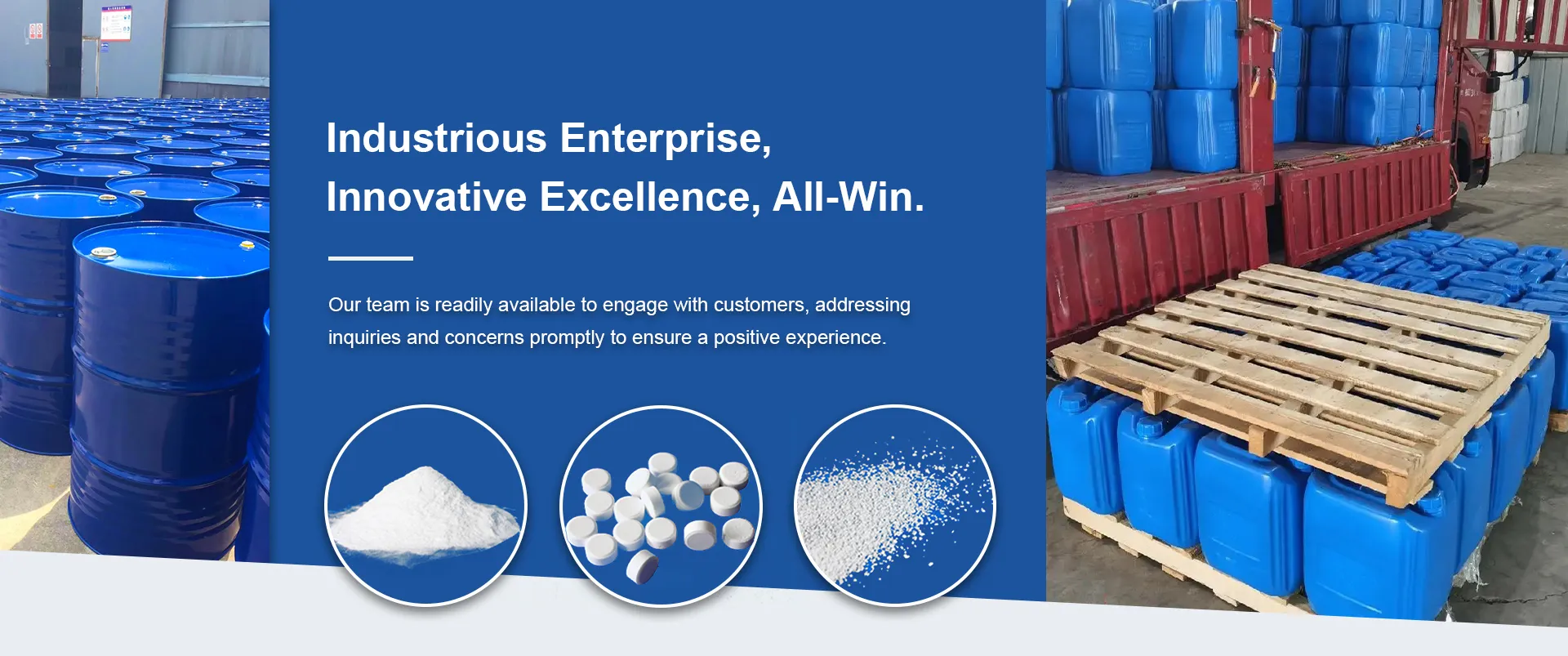
e450 additive
Understanding E450 The Versatile Food Additive
E450, also known as diphosphates or pyrophosphates, represents a group of food additives that serve a variety of functions in food processing. Recognized for its ability to enhance food texture, retain moisture, and act as a leavening agent, E450 is widely used in numerous food products, making it a fascinating topic for food scientists and consumers alike.
What is E450?
E450 is a type of phosphate that is synthesized from the reaction of phosphoric acid with various sodium, potassium, or calcium salts. This compound is categorized under food additives and is designated by the European food additive number E450. The primary derivatives of E450 include disodium diphosphate, dipotassium diphosphate, and calcium diphosphate. Each of these compounds brings unique properties that contribute to food preservation and enhancement.
Functions of E450 in Food Products
One of the most significant roles of E450 in the food industry is its function as a leavening agent. In baked goods, for example, E450 helps to release carbon dioxide gas when combined with acids, creating a light and airy texture in products like cakes and bread. This is particularly important for achieving the desired consistency and volume that consumers expect from these products.
In addition to its leavening properties, E450 serves as a stabilizer and emulsifier. It can help to improve the texture of processed meats, preventing the separation of fat and moisture during cooking. This ensures that products remain juicy and flavorful while extending their shelf life. Furthermore, E450 can help to bind ingredients together, making it an essential additive in products like cheese spreads and processed cheese slices where uniformity in texture is essential.
e450 additive

Another critical function of E450 is its ability to retain moisture. This property is especially advantageous in dehydrated and processed foods, where maintaining moisture content is crucial for product quality. By binding water molecules, E450 helps to prevent the drying out of food products during storage, contributing to a longer shelf life and maintaining the quality of flavor and texture.
Safety and Regulations
While E450 is generally recognized as safe when used in accordance with recommended guidelines, it is essential for consumers to be aware of the level of additives in the food they consume. Regulatory bodies, such as the European Food Safety Authority (EFSA) and the U.S. Food and Drug Administration (FDA), oversee the use of food additives and establish acceptable daily intake levels.
Studies have shown that the consumption of E450 within established limits is not associated with adverse health effects for the general population. However, individuals with specific dietary considerations, such as those with kidney issues, may need to limit their intake of phosphates, as high levels can pose health risks. As always, moderation is key, and consumers should aim to maintain a balanced diet rich in whole foods where additives are minimal.
Conclusion
E450, with its multifaceted roles in the food industry, exemplifies how food additives can enhance the quality and palatability of processed foods. From its function as a leavening agent in baking to its role in preserving moisture in packaged products, E450 is an integral part of modern food technology. As consumers become increasingly aware of what goes into their food, understanding additives like E450 can empower them to make informed choices.
Individuals seeking to avoid food additives can opt for more natural food products or those labeled as additive-free. However, it is essential to recognize that not all additives are harmful; many serve to improve food safety and quality. As research on food additives continues to evolve, staying informed is crucial for maintaining a healthy diet in today's complex food landscape.
-
Why Glacial Acetic Acid Food Grade Is Essential in FlavorNewsMay.26,2025
-
Surging Export Growth of Food Additives in ChinaNewsMay.26,2025
-
How Ammonium Nitrate Fertilizer Boosts Crop YieldsNewsMay.26,2025
-
How 1,2,3-Benzotriazole Shields Plastics from UV DegradationNewsMay.26,2025
-
Cyanide in Gold Mining: Protecting People and the PlanetNewsMay.26,2025
-
Aluminum Hydroxide in Modern Sunscreen FormulationsNewsMay.26,2025
-
Understanding Synthetic Rubber OptionsNewsApr.27,2025
Hebei Tenger Chemical Technology Co., Ltd. focuses on the chemical industry and is committed to the export service of chemical raw materials.
-

view more DiethanolisopropanolamineIn the ever-growing field of chemical solutions, diethanolisopropanolamine (DEIPA) stands out as a versatile and important compound. Due to its unique chemical structure and properties, DEIPA is of interest to various industries including construction, personal care, and agriculture. -

view more TriisopropanolamineTriisopropanolamine (TIPA) alkanol amine substance, is a kind of alcohol amine compound with amino and alcohol hydroxyl, and because of its molecules contains both amino and hydroxyl. -

view more Tetramethyl Thiuram DisulfideTetramethyl thiuram disulfide, also known as TMTD, is a white to light-yellow powder with a distinct sulfur-like odor. It is soluble in organic solvents such as benzene, acetone, and ethyl acetate, making it highly versatile for use in different formulations. TMTD is known for its excellent vulcanization acceleration properties, which makes it a key ingredient in the production of rubber products. Additionally, it acts as an effective fungicide and bactericide, making it valuable in agricultural applications. Its high purity and stability ensure consistent performance, making it a preferred choice for manufacturers across various industries.











